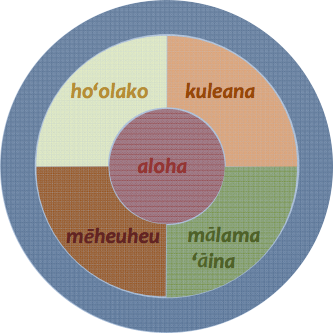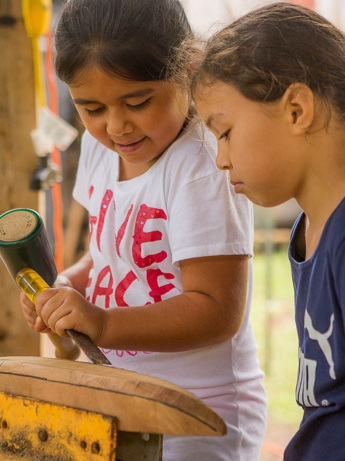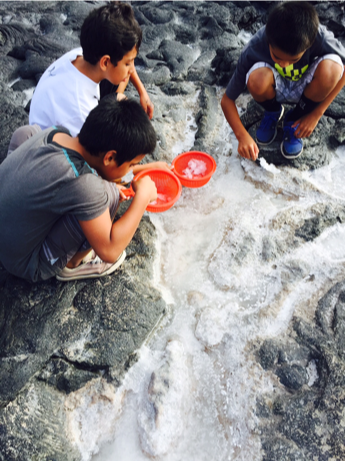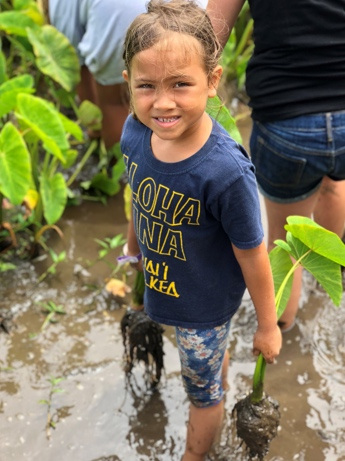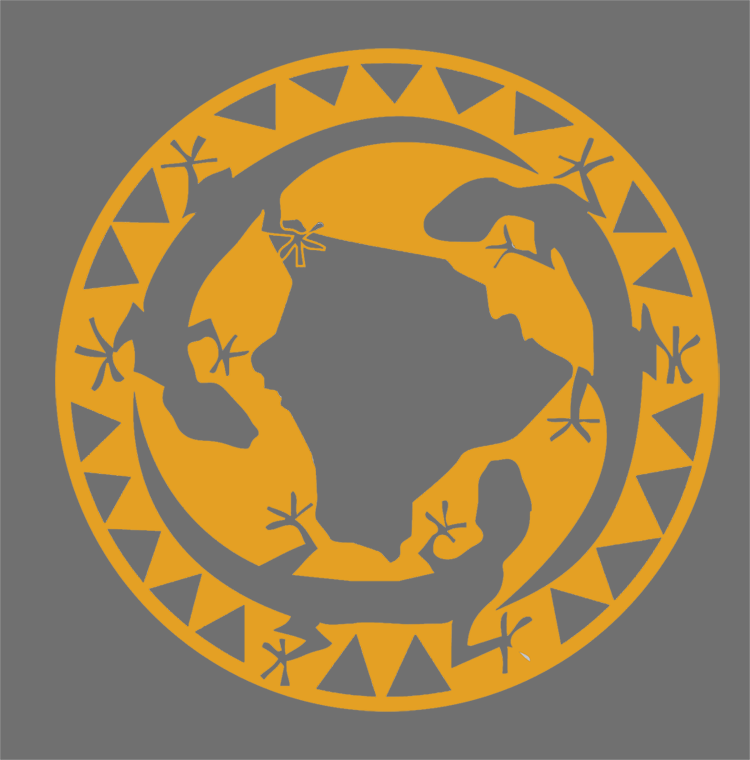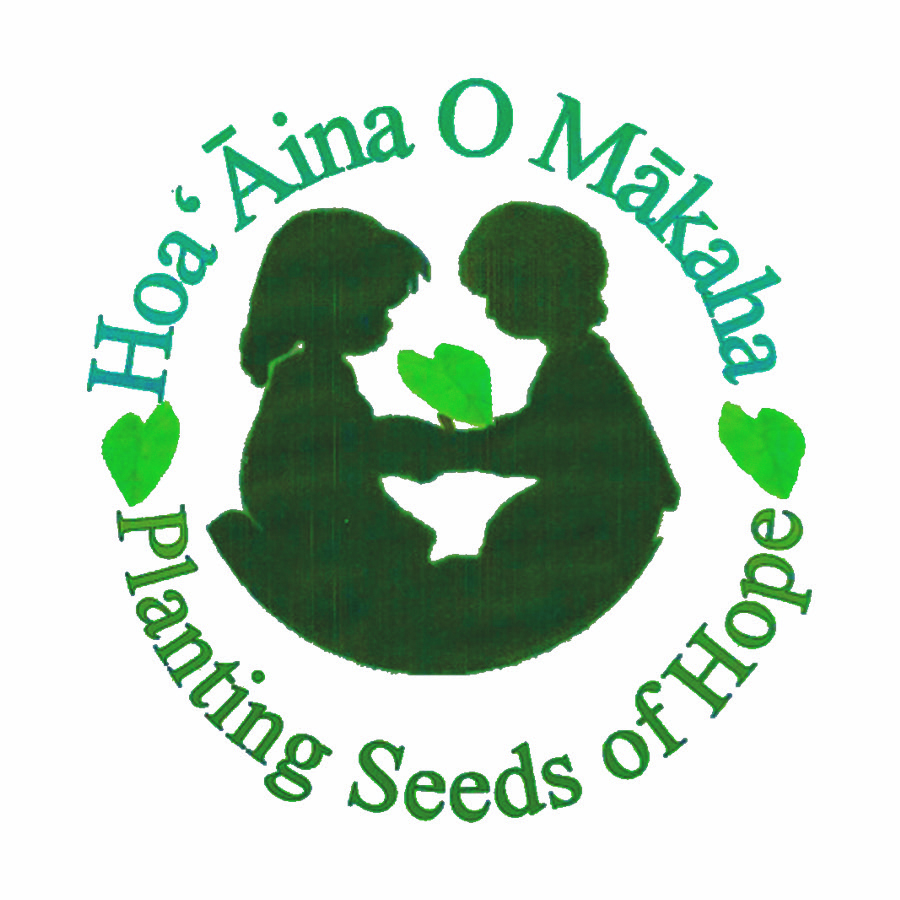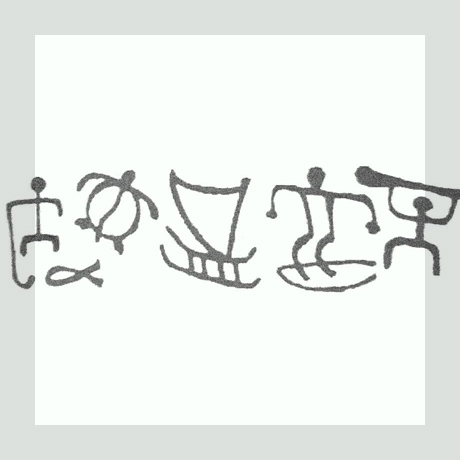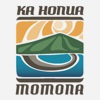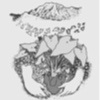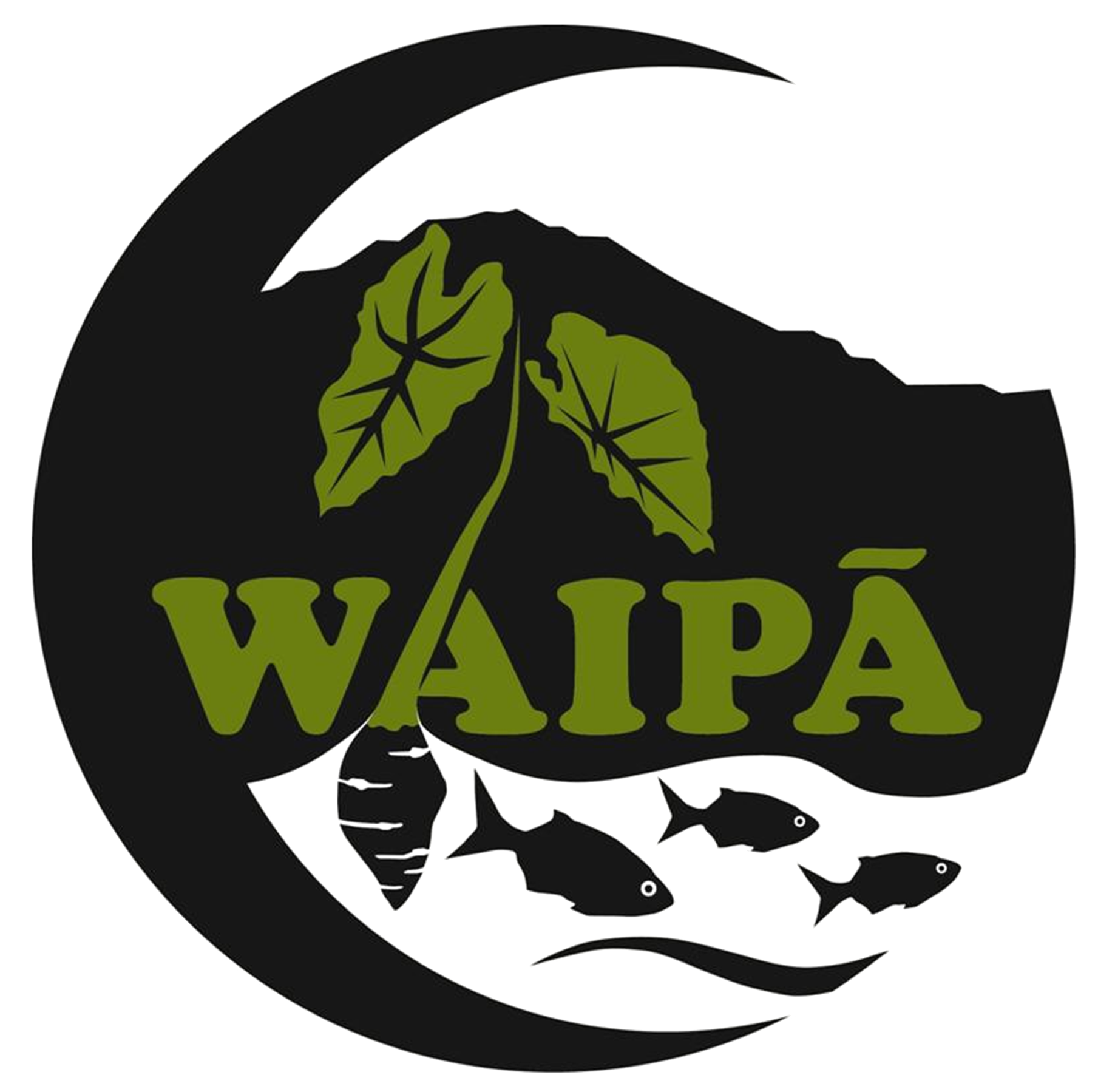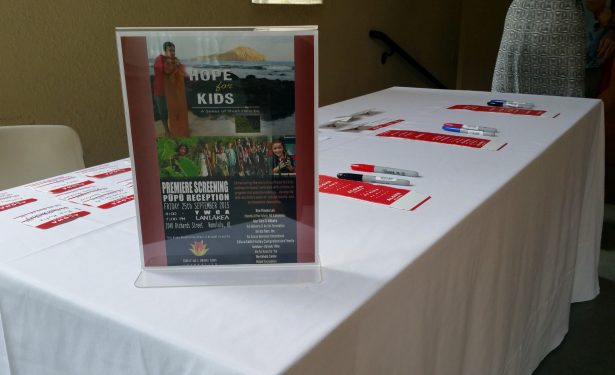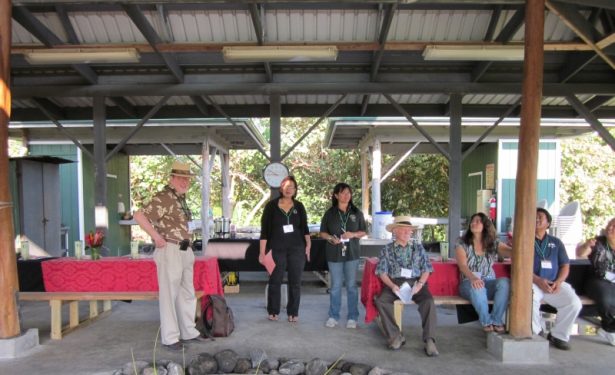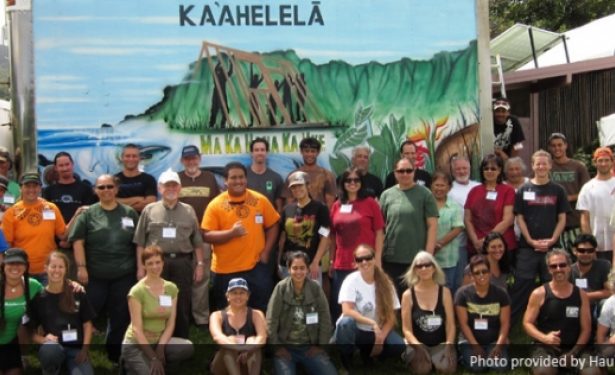News & Updates

Dear Friends,Writing a year-end reflection is something I often procrastinate on. There is so much to say and finding the right highlights or insights from the year is always a challenge for me. But, this year’s source for putting off...
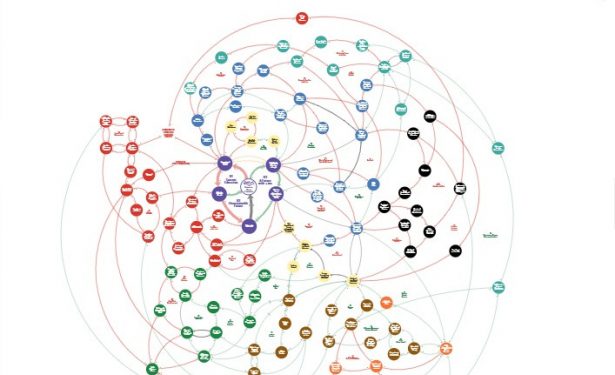
ʻĀina-based education is about deepening our kinship with the ʻāina so that people, communities, and lands thrive. High quality ‘āina-based education grounds our keiki in the uniqueness that is Hawaiʻi and ensures that when our ʻāina...

In the following twenty-two minute video, Hauʻoli Mau Loa Foundation and the Hope for Kids ʻEkahi partners provide an overview of the first Hope for Kids Initiative (2009 – 2015). Over the course of the initiative, the nonprofit...

In an effort to capture the key lessons the Foundation learned about working with the Hope for Kids ʻEkahi Partners, the Foundation wrote a Reflections document. This document captures five key insights about engaging with and...

